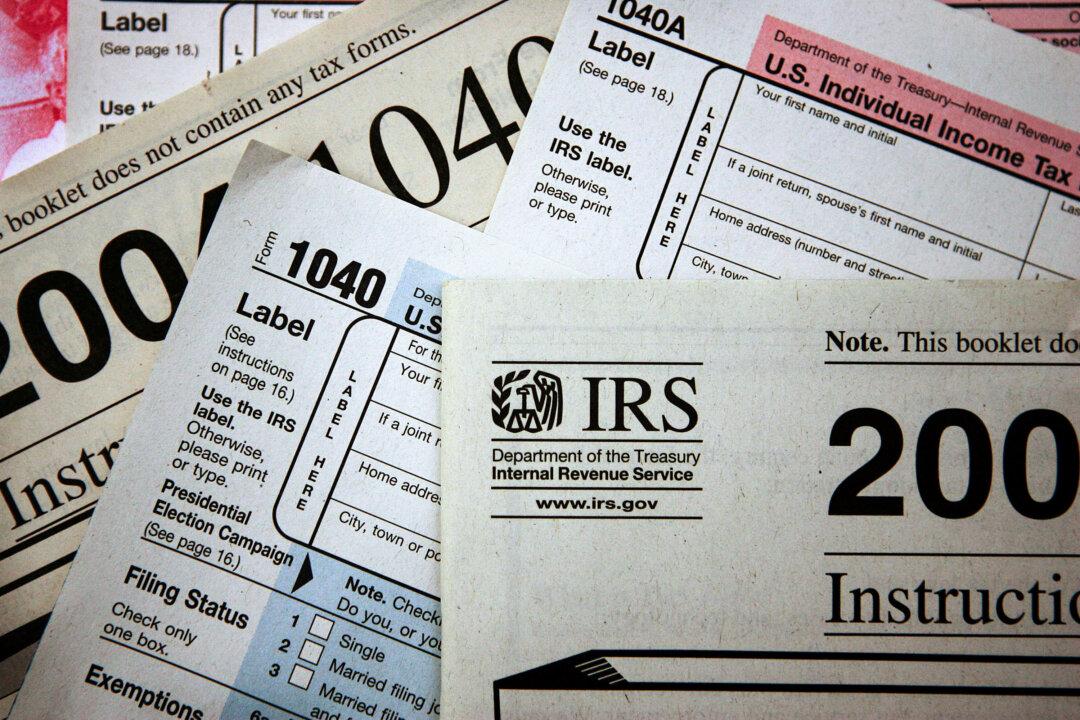The federal government is losing hundreds of billions of dollars annually in tax revenue, with the main culprit being underreporting by taxpayers, according to the IRS.
The tax gap “reflects the difference between projected ‘true’ tax liability and the amount of tax that is actually paid on time,” the IRS stated.





